Home>Furniture & Design>Interior Design Trends>Where Was Fenton Glass Made
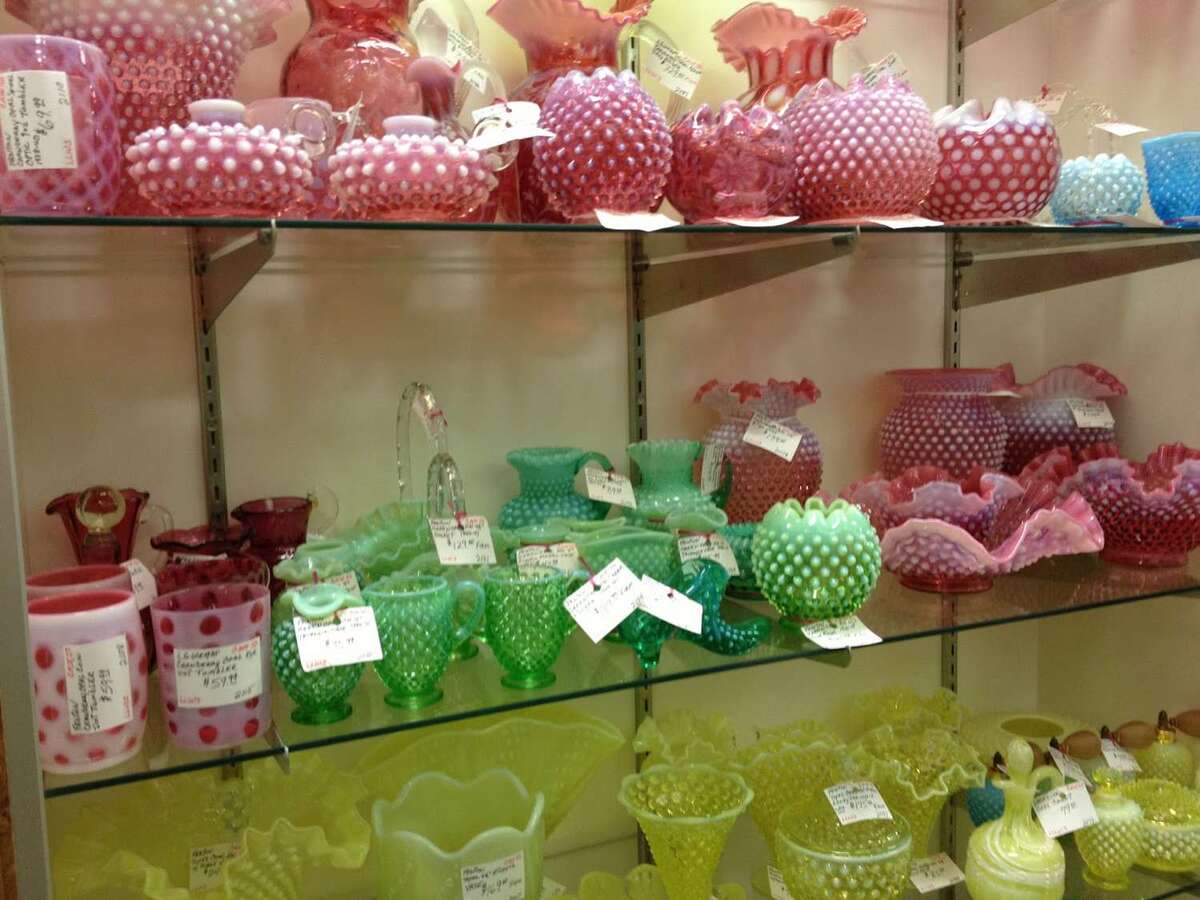

Interior Design Trends
Where Was Fenton Glass Made
Modified: April 22, 2024
Discover the history and locations of Fenton Glass production and explore how it can elevate your interior design with the latest trends. Learn more about Fenton Glass origins and its impact on interior design.
(Many of the links in this article redirect to a specific reviewed product. Your purchase of these products through affiliate links helps to generate commission for Storables.com, at no extra cost. Learn more)
Introduction
Fenton Glass holds a storied legacy in the realm of American glassware, renowned for its exquisite craftsmanship and timeless beauty. The history of Fenton Glass is a captivating tale that intertwines artistry, innovation, and tradition. From its humble beginnings to its enduring impact on the world of glassmaking, the journey of Fenton Glass is a testament to the artistry and dedication of its creators.
The story of Fenton Glass is a testament to the enduring legacy of American craftsmanship. With a rich history spanning over a century, Fenton Glass has left an indelible mark on the world of glass artistry. From its inception in 1905 to its eventual closure in 2011, the Fenton Glass company has been synonymous with elegance, quality, and innovation.
The journey of Fenton Glass is a testament to the enduring legacy of American craftsmanship. With a rich history spanning over a century, Fenton Glass has left an indelible mark on the world of glass artistry. From its inception in 1905 to its eventual closure in 2011, the Fenton Glass company has been synonymous with elegance, quality, and innovation.
The story of Fenton Glass is a captivating narrative that showcases the evolution of glassmaking in America. From its early days as a small glass decorating company to its rise as a prominent manufacturer of handmade art glass, Fenton Glass has embodied the spirit of creativity and ingenuity. The exquisite designs and meticulous craftsmanship of Fenton Glass pieces have captivated collectors and enthusiasts for generations, cementing its status as a cherished piece of American heritage.
Fenton Glass stands as a testament to the enduring legacy of American craftsmanship. With a rich history spanning over a century, Fenton Glass has left an indelible mark on the world of glass artistry. From its inception in 1905 to its eventual closure in 2011, the Fenton Glass company has been synonymous with elegance, quality, and innovation.
Key Takeaways:
- Fenton Glass, a renowned American glassware company, began in 1905 in Ohio and later moved to West Virginia, leaving a lasting legacy of exquisite craftsmanship and innovation.
- Despite closing in 2011, Fenton Glass’s timeless beauty and artistry continue to captivate collectors and enthusiasts, preserving a rich heritage that inspires future generations of artisans.
Read more: Where Is Fenton Glass Made
Early History of Fenton Glass
The early history of Fenton Glass is a captivating journey that traces its roots back to the early 20th century. Founded in 1905 by brothers Frank L. Fenton and John W. Fenton, the Fenton Art Glass Company initially began as a glass decorating business in Martins Ferry, Ohio. The company's humble beginnings were marked by a commitment to quality craftsmanship and a passion for creating exquisite glassware that would soon capture the hearts of collectors and enthusiasts alike.
In 1907, the Fenton brothers relocated their burgeoning enterprise to Williamstown, West Virginia, where they established the first Fenton factory. This pivotal move marked the beginning of an era defined by innovation and artistic expression. Under the visionary leadership of the Fenton brothers, the company began producing its own glass, setting the stage for the creation of iconic pieces that would come to define the Fenton legacy.
One of the defining moments in Fenton's early history came in 1907 when the company introduced its first carnival glass, a type of iridescent glassware that quickly gained popularity for its mesmerizing hues and intricate patterns. This marked the beginning of Fenton's foray into producing art glass, a decision that would shape the company's identity and set it apart as a trailblazer in the world of glassmaking.
Throughout the early decades of the 20th century, Fenton Glass continued to expand its repertoire, experimenting with new techniques and designs to push the boundaries of traditional glassmaking. The company's commitment to innovation and creativity culminated in the introduction of handcrafted hobnail glass in the 1930s, a distinctive style characterized by its raised, rounded dots that adorned a variety of glassware, from vases to bowls.
As Fenton Glass continued to evolve, it solidified its reputation as a pioneer in the art glass industry, earning acclaim for its exquisite craftsmanship and innovative designs. The company's unwavering dedication to quality and artistry propelled it to the forefront of the glassmaking world, garnering a devoted following of collectors and enthusiasts who cherished Fenton Glass for its timeless beauty and unparalleled artisanship.
The early history of Fenton Glass serves as a testament to the enduring legacy of American craftsmanship, showcasing the company's unwavering commitment to excellence and innovation. From its modest beginnings as a glass decorating business to its rise as a preeminent manufacturer of art glass, Fenton Glass has left an indelible mark on the world of glassmaking, embodying the spirit of creativity and artistry that continues to captivate admirers around the globe.
Location of Fenton Glass Factories
The geographical footprint of Fenton Glass factories played a pivotal role in shaping the company's identity and impact on the glassmaking industry. The strategic locations of these facilities not only facilitated production and distribution but also contributed to the rich heritage and legacy of Fenton Glass.
Martins Ferry, Ohio
The journey of Fenton Glass began in Martins Ferry, Ohio, where the company was initially established in 1905. Founded by the Fenton brothers, Frank L. Fenton and John W. Fenton, the company started as a glass decorating business in this bustling industrial town. The proximity to skilled artisans and access to essential resources laid the foundation for Fenton's early success and set the stage for its eventual expansion.
Williamstown, West Virginia
In 1907, the Fenton brothers made a strategic decision to relocate their growing enterprise to Williamstown, West Virginia. This move marked a significant turning point in the company's history, as it established the first Fenton factory in this picturesque town. The tranquil surroundings and proximity to the Ohio River provided an idyllic setting for the production of exquisite glassware, while the region's rich history of glassmaking traditions infused Fenton Glass with a sense of heritage and artistry.
Read more: Where Is Blenko Glass Made
The Influence of Location
The relocation to Williamstown not only provided Fenton Glass with a new home but also positioned the company within a thriving community of glassmakers, fostering a spirit of innovation and collaboration. The scenic beauty and tranquil atmosphere of Williamstown served as a wellspring of inspiration for the artisans at Fenton Glass, influencing the designs and craftsmanship of their creations.
The strategic location of Fenton Glass factories also played a crucial role in the company's ability to reach a broader audience. Situated within close proximity to major transportation routes, the factories were able to efficiently distribute their glassware across the country, solidifying Fenton's presence in the marketplace and expanding its reach to collectors and enthusiasts nationwide.
The geographical significance of Fenton Glass factories underscores the profound impact of location on the company's evolution and success. From the industrial backdrop of Martins Ferry to the scenic charm of Williamstown, each location contributed to the rich tapestry of Fenton's heritage, shaping its artistic vision and leaving an indelible mark on the world of glass artistry.
Closure of Fenton Glass Factories
The closure of Fenton Glass factories marked the end of an era in the illustrious history of the company. After more than a century of shaping the landscape of American glass artistry, Fenton Glass ceased its operations in 2011, leaving behind a legacy that continues to resonate with collectors and enthusiasts worldwide.
The decision to close the Fenton Glass factories was a poignant moment that reverberated throughout the glassmaking community. Despite its enduring reputation for exquisite craftsmanship and timeless designs, the company faced the formidable challenges of a shifting industry landscape and evolving consumer preferences. The changing dynamics of the global economy, coupled with the increasing competition in the glassware market, presented formidable obstacles for Fenton Glass, ultimately leading to the difficult choice to cease production.
The closure of the Fenton Glass factories was met with a profound sense of nostalgia and reverence for the company's storied heritage. Generations of artisans had contributed their creativity and expertise to the production of Fenton Glass, infusing each piece with a sense of artistry and tradition that transcended time. The announcement of the closure sparked an outpouring of sentiment from collectors and admirers who had cherished Fenton Glass as a cherished piece of American craftsmanship.
Despite the somber undertones of the closure, the legacy of Fenton Glass endures as a testament to the enduring spirit of creativity and artistry. The exquisite pieces created by Fenton Glass continue to captivate collectors and enthusiasts, serving as a poignant reminder of the company's unparalleled contributions to the world of glass artistry. While the factories may have ceased their operations, the legacy of Fenton Glass lives on through the timeless beauty of its creations, preserving a rich heritage that continues to inspire and enchant.
The closure of Fenton Glass factories represents a bittersweet chapter in the company's history, underscoring the challenges faced by traditional artisans in a rapidly changing world. Yet, amidst the poignant farewell, the enduring legacy of Fenton Glass shines brightly, illuminating the path for future generations of glassmakers and preserving a cherished piece of American heritage for years to come.
Fenton Glass was made in Williamstown, West Virginia.
Legacy of Fenton Glass
The legacy of Fenton Glass transcends the confines of time, leaving an indelible imprint on the annals of American craftsmanship. As the final chapter of its storied history unfolded, the enduring impact of Fenton Glass reverberated through the hearts of collectors and enthusiasts, echoing the sentiments of reverence and admiration for its timeless artistry.
The legacy of Fenton Glass is a testament to the unwavering dedication to excellence and innovation that defined the company's ethos. For over a century, Fenton Glass captivated the world with its exquisite designs and meticulous craftsmanship, earning a revered status among collectors and enthusiasts. Each piece of Fenton Glass bore the hallmark of unparalleled artistry, reflecting the passion and expertise of the artisans who poured their creativity into every creation.
The legacy of Fenton Glass extends beyond the confines of its factories, resonating with a sense of nostalgia and appreciation for the rich heritage it bestowed upon the world of glass artistry. The company's pioneering spirit and commitment to pushing the boundaries of traditional glassmaking left an enduring legacy that continues to inspire contemporary artisans and aficionados.
The impact of Fenton Glass on the art world is immeasurable, as its creations continue to adorn the shelves and display cases of collectors, serving as cherished heirlooms that embody the spirit of American craftsmanship. The legacy of Fenton Glass lives on through the timeless beauty of its creations, preserving a rich heritage that serves as a beacon of inspiration for future generations of artisans and enthusiasts.
In the tapestry of American artistry, the legacy of Fenton Glass remains a vibrant thread, weaving together a narrative of creativity, innovation, and tradition. Its influence transcends the confines of its factories, resonating with a sense of nostalgia and appreciation for the rich heritage it bestowed upon the world of glass artistry. The legacy of Fenton Glass endures as a testament to the enduring spirit of creativity and artistry, leaving an indelible mark on the hearts of those who have been captivated by its timeless beauty.
The legacy of Fenton Glass is a timeless testament to the enduring spirit of American craftsmanship, a legacy that continues to inspire and enchant, ensuring that the artistry and innovation of Fenton Glass will be cherished for generations to come.
Frequently Asked Questions about Where Was Fenton Glass Made
Was this page helpful?
At Storables.com, we guarantee accurate and reliable information. Our content, validated by Expert Board Contributors, is crafted following stringent Editorial Policies. We're committed to providing you with well-researched, expert-backed insights for all your informational needs.
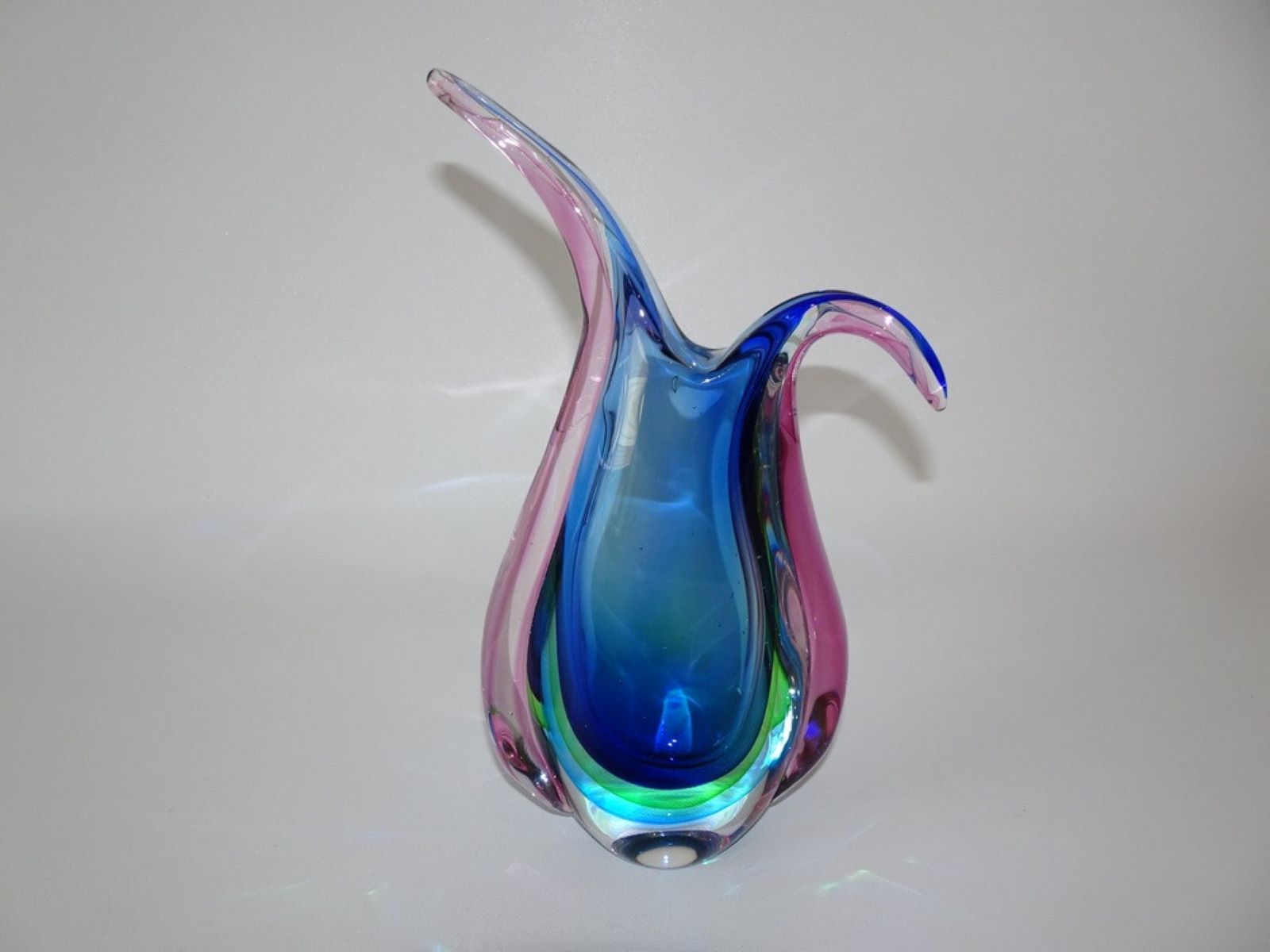
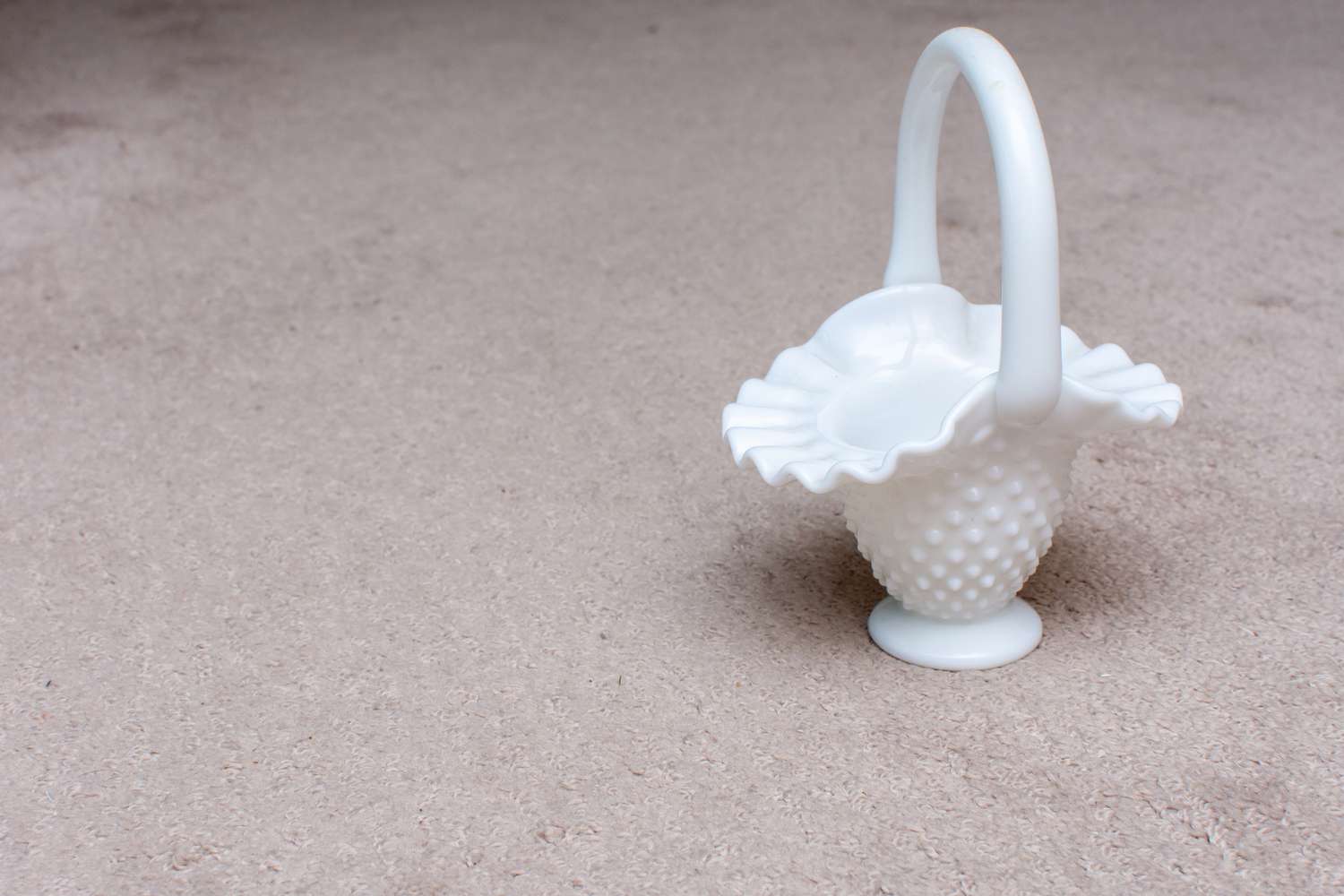
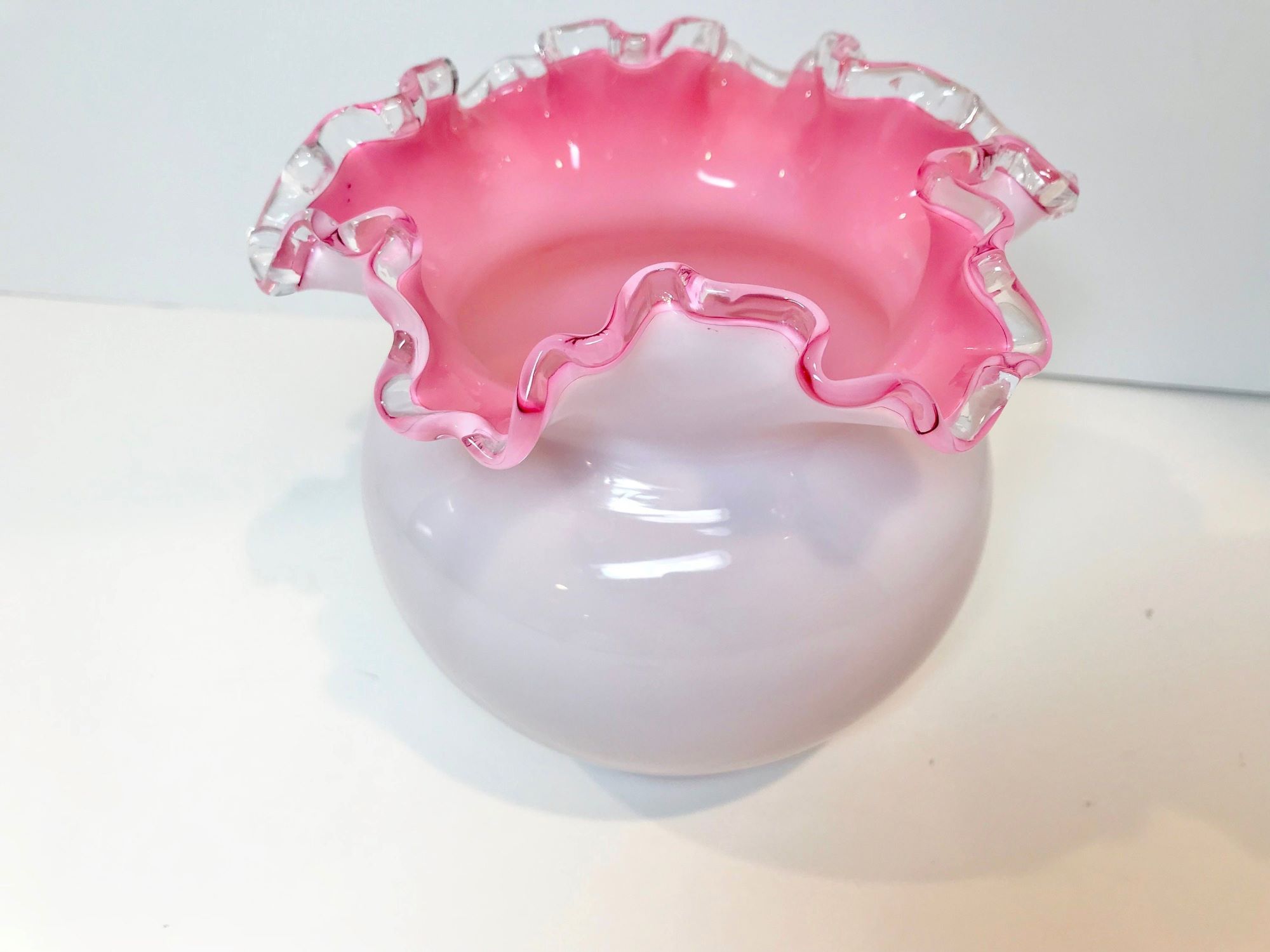
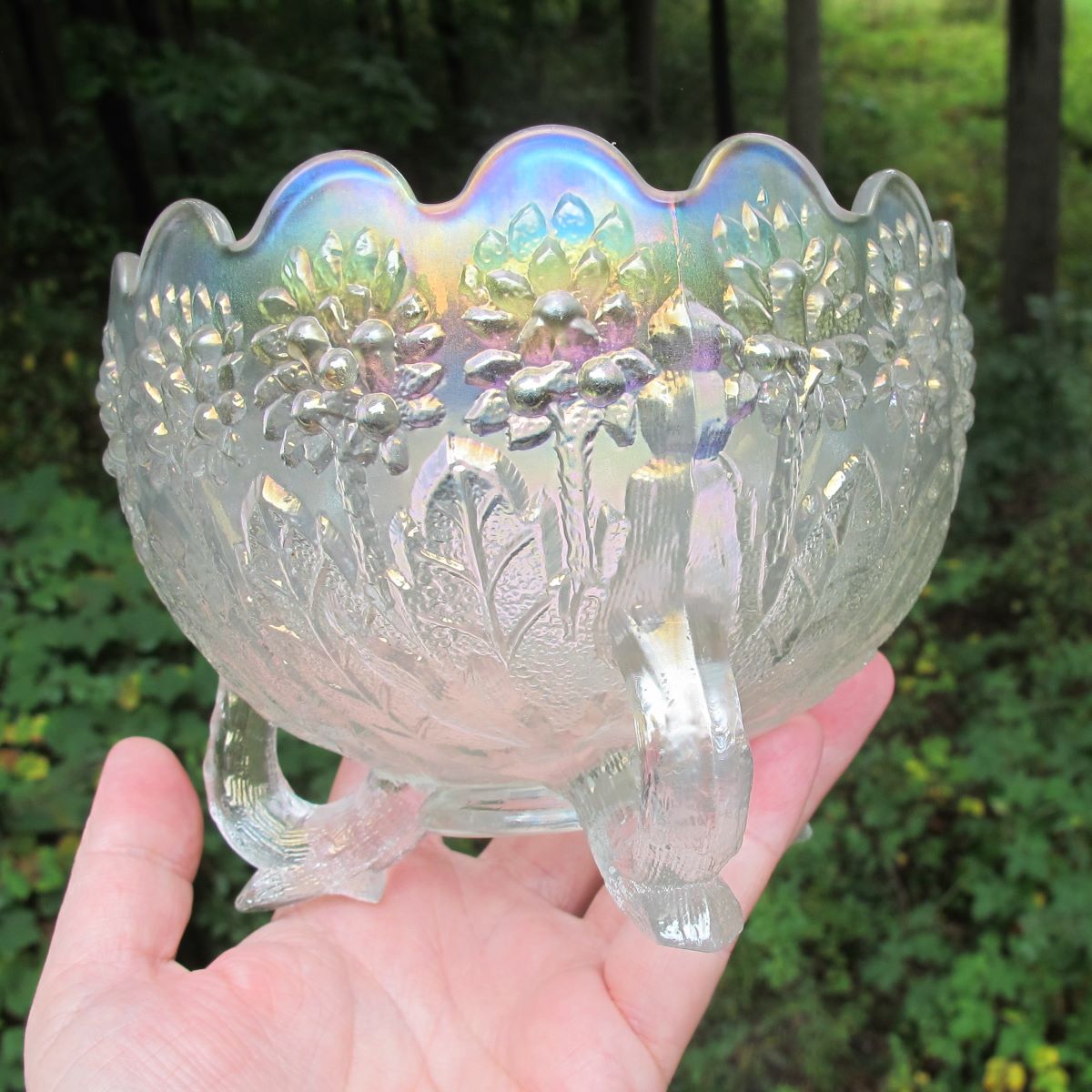

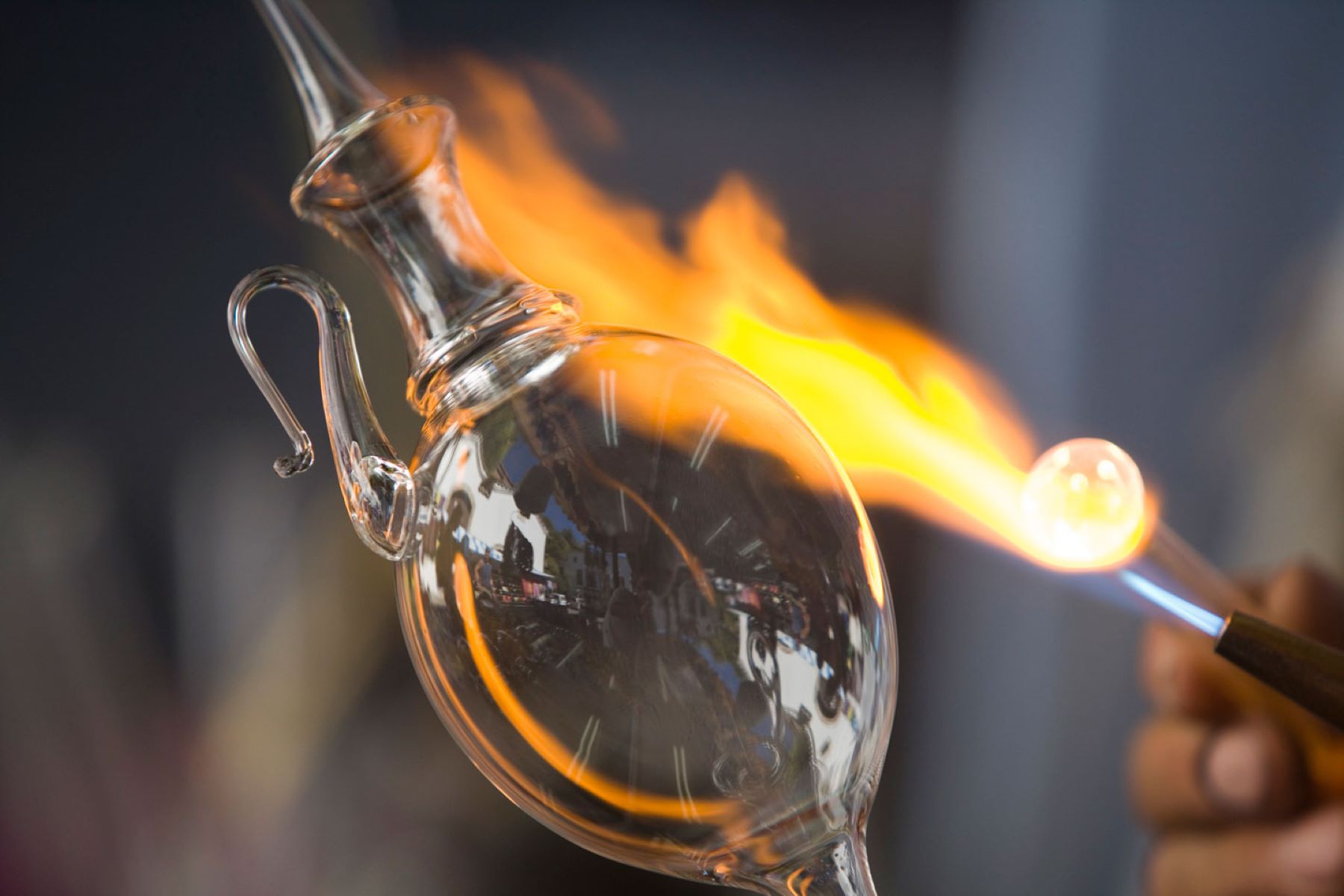
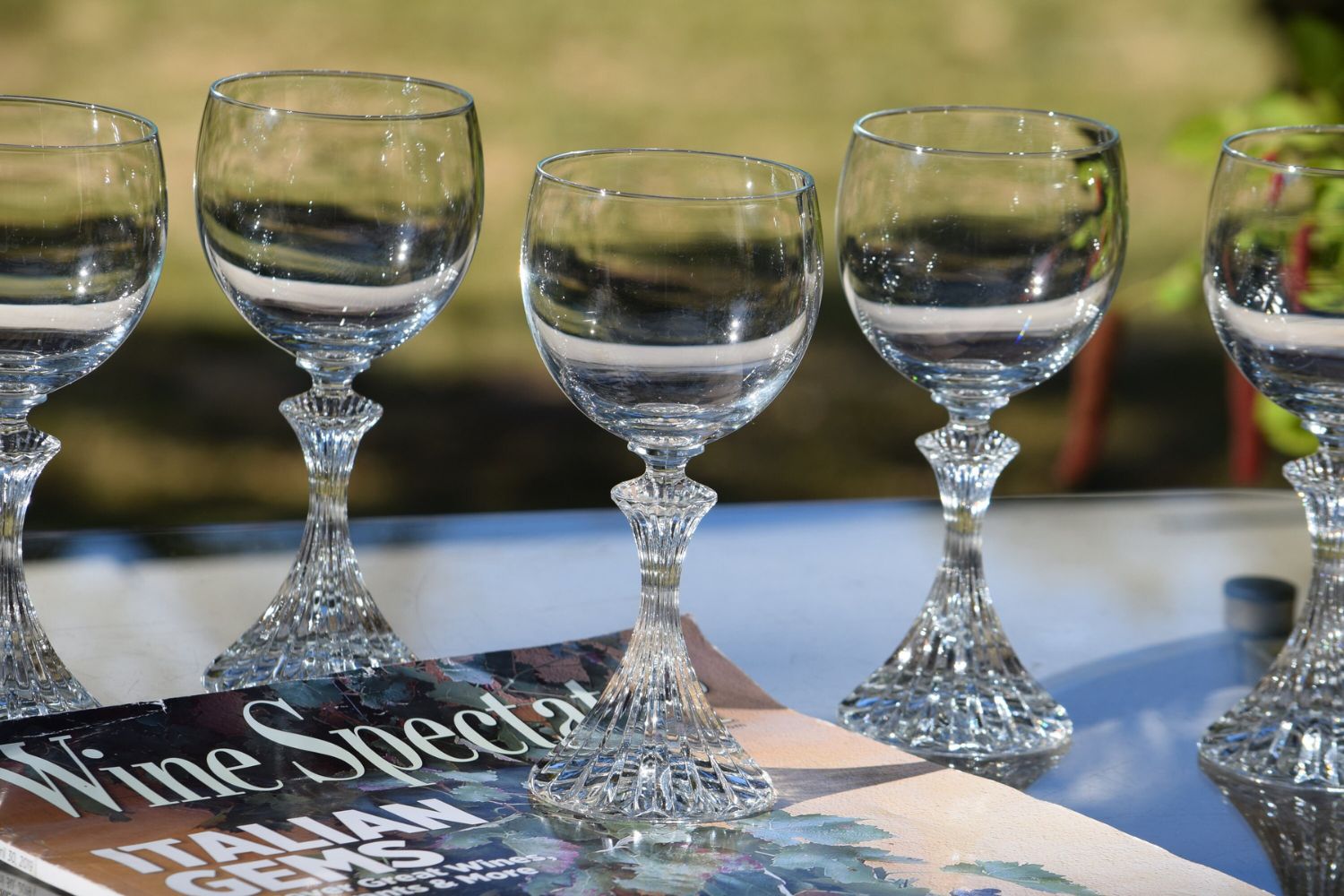
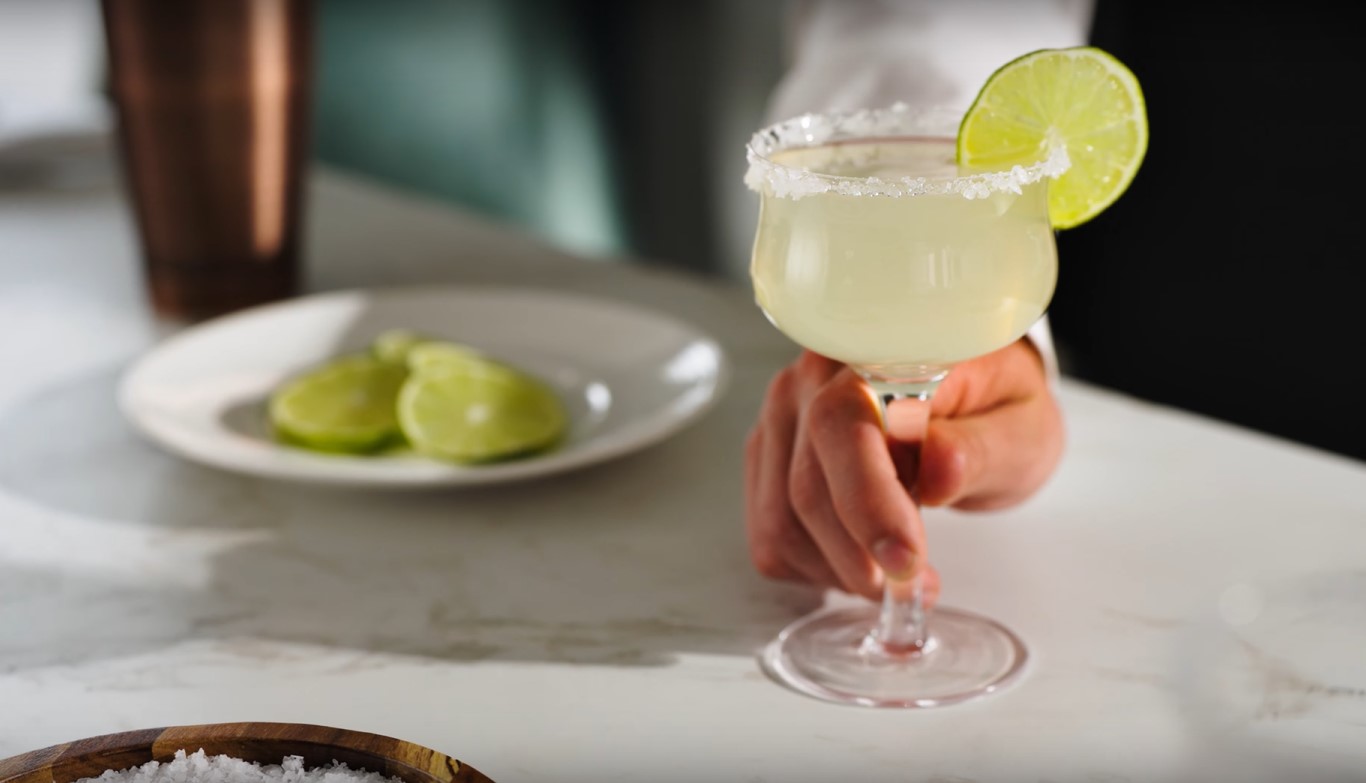
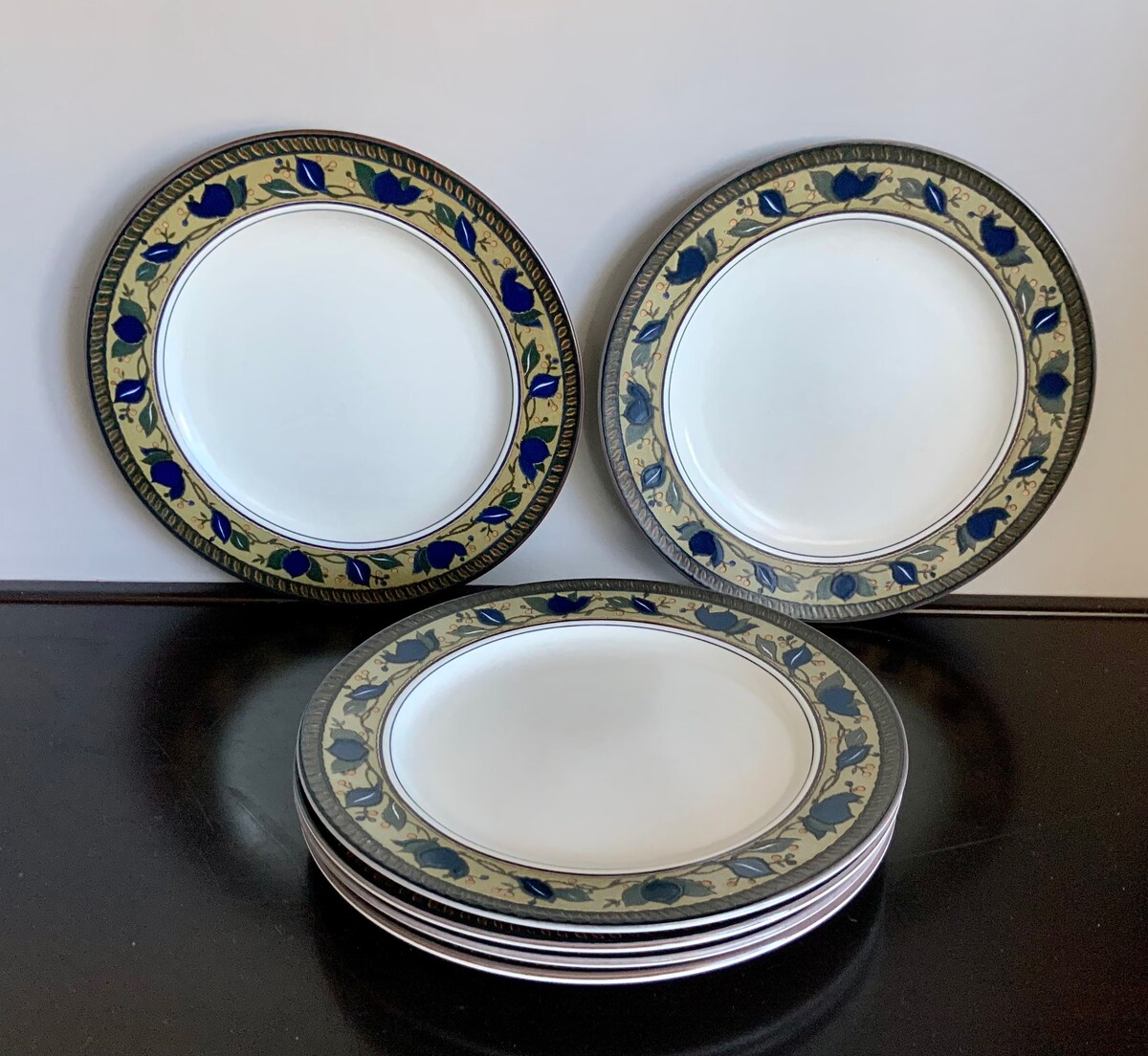
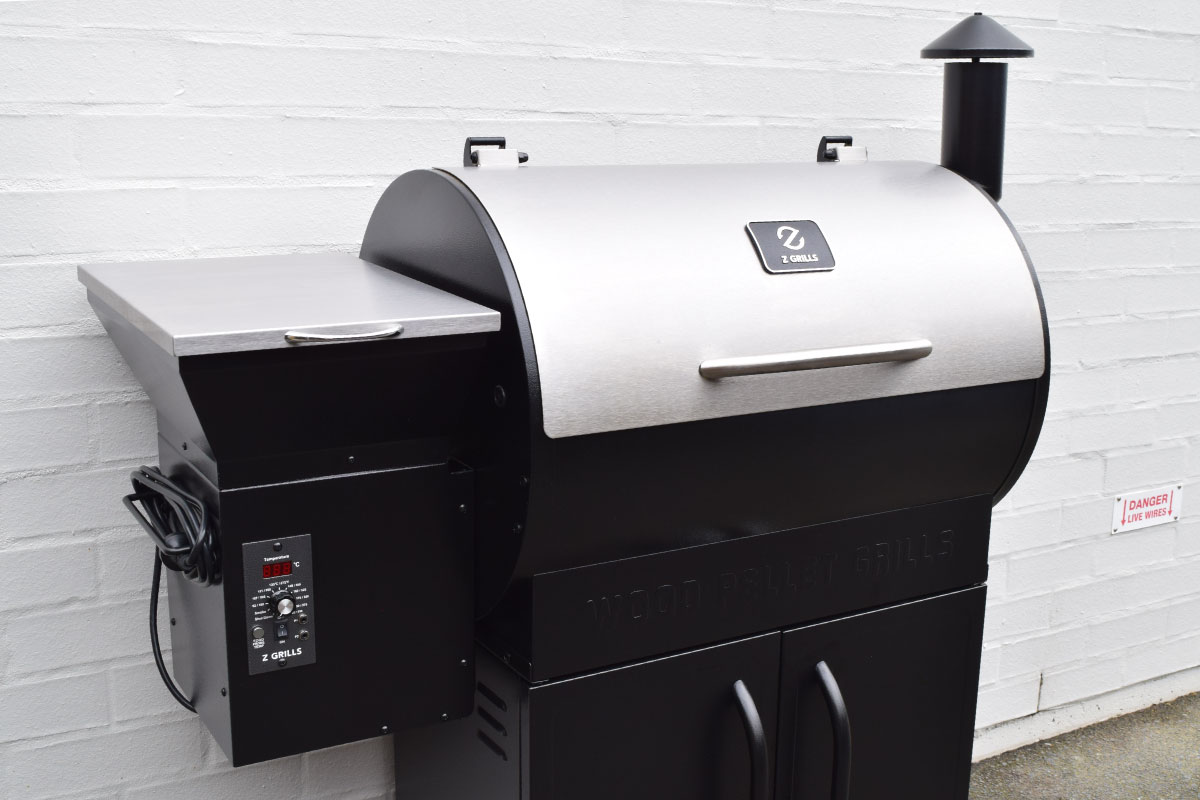
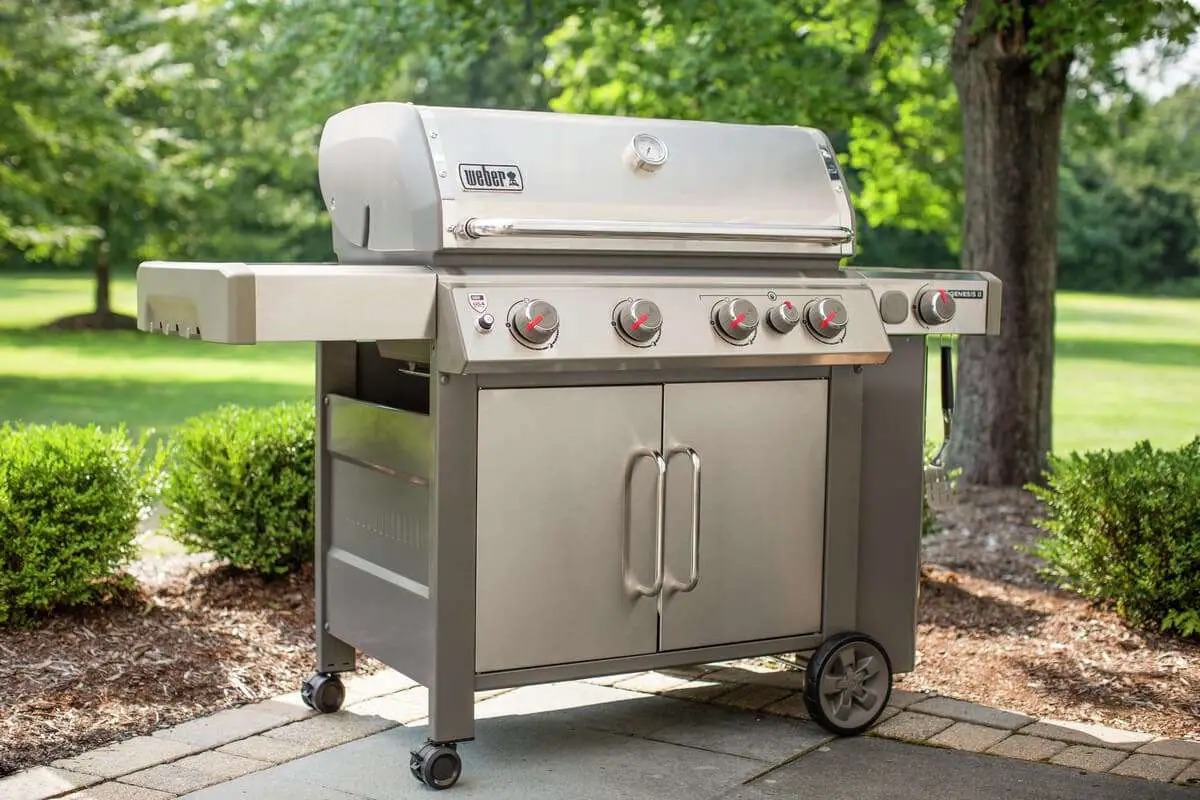

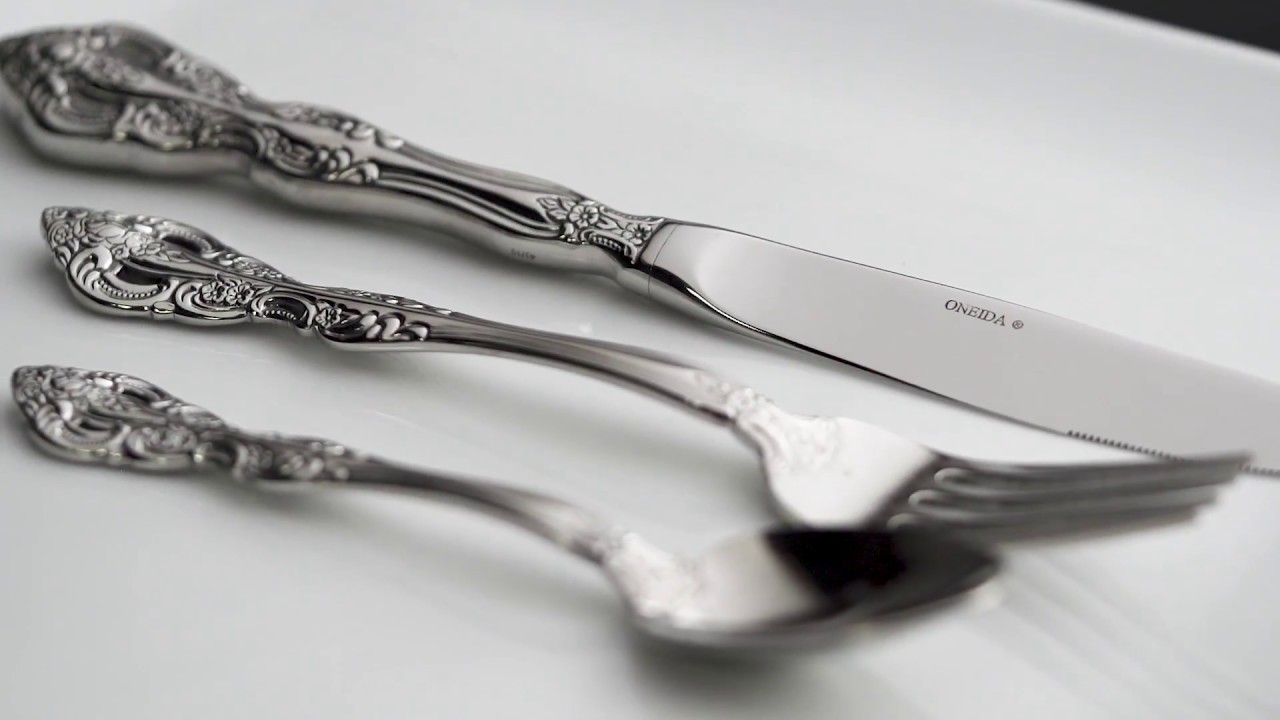
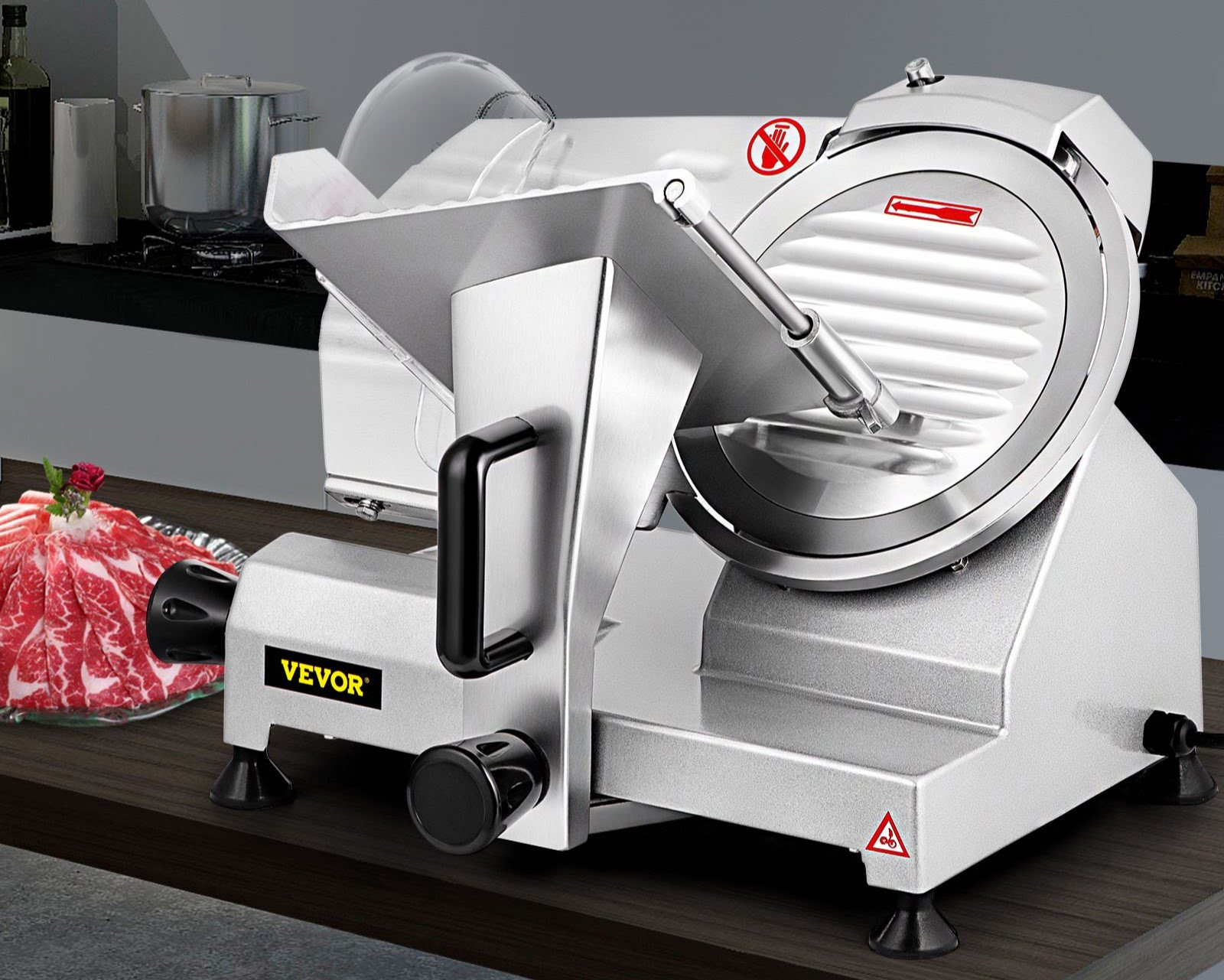

0 thoughts on “Where Was Fenton Glass Made”